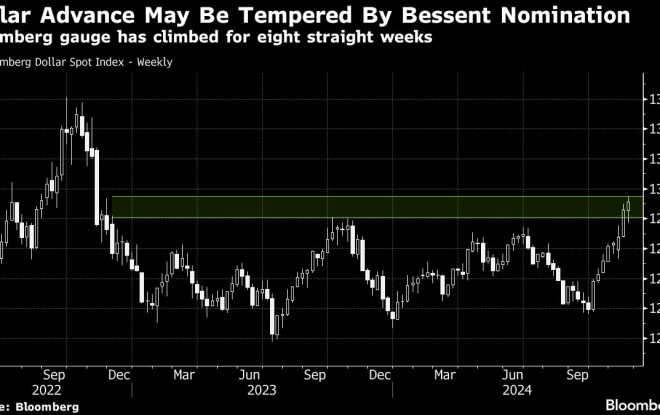Two High-Yield ETF Cash Machines for Your Retirement Portfolio
A high-yield dividend-paying exchange-traded fund (ETF) could be a valuable tool for investors seeking to build a solid portfolio that generates dividends. These ETFs offer a steady income stream, providing a cushion for living expenses and the potential for capital appreciation. Two standout ETFs currently offer high dividend yields, the potential for growth, and the ability to compound earnings, making them “cash machines” for investors seeking a consistent income stream.
The Preferred Stock Powerhouse
The Virtus InfraCap U.S. Preferred Stock ETF PFFA offers investors a compelling opportunity to capitalize on the income-generating potential of preferred stocks. PFFA seeks to provide income and the potential for capital appreciation by tracking an index of preferred stocks issued by U.S. companies.
As a preferred stock ETF, PFFA provides investors with a high level of dividend income. Its dividend yield is 8.58%, making it an attractive option for investors seeking a substantial and reliable income stream, especially those approaching retirement. This high yield can help retirees and investors supplement their savings and maintain their desired lifestyles.
PFFA employs a robust diversification strategy to mitigate risk, investing in a portfolio of 217 preferred stocks. This minimizes the impact of any company’s performance, ensuring a more stable and resilient portfolio, which is essential for long-term investors.
PFFA also benefits from the inherent stability of preferred stocks. These securities generally exhibit lower volatility than common stocks, providing a sense of security for investors, particularly during market fluctuations. This stability makes them an attractive addition to your portfolio, particularly for investors seeking to preserve capital and maintain their income stream.
The Power of Utilities and Fixed Income
The PIMCO Corporate & Income Opportunity Fund PTY is a closed-ended fixed-income mutual fund that primarily invests in corporate debt obligations. It offers exposure to a diverse range of fixed-income investments, including those issued by utility companies. PTY manages around $2 billion in assets, demonstrating its scale and potential for diversification within its portfolio.
PTY’s high dividend yield of 9.75% provides a steady and reliable income stream for investors. This yield surpasses the returns of many other fixed-income investments, making it a compelling option for those seeking to generate income. Moreover, PTY’s portfolio offers not just income, but also potential for growth, as the fund benefits from diversified investments across many sectors.
PTY’s bond portfolio can also serve as a hedge against inflation. As inflation rises, interest rates typically follow suit, which can benefit bond investments.
Furthermore, PTY’s focus on corporate debt provides diversification, mitigating risk, and enhancing portfolio stability. It also boasts high liquidity, with an average daily trading volume of 593,646 shares, ensuring investors can easily buy or sell shares.
PFFA and PTY: Cash Machines for Your Portfolio
The consistent income potential PFFA and PTY offer makes them particularly valuable for retirees and long-term investors. The ETF’s high dividend yields surpass those of traditional fixed-income investments like bonds and CDs, providing a powerful income generation alternative.
These ETFs act as reliable “cash machines” for investors, delivering a steady and predictable stream of income that can be used as retirement income or reinvested for compounded growth. For example, a $100,000 investment in PFFA could generate approximately $8,580 in annual income, while a similar investment in PTY could yield roughly $9,730. This consistent cash flow can help retirees cover essential expenses such as healthcare, travel, or entertainment, providing financial security and peace of mind.
A Balanced Perspective
While PFFA and PTY offer compelling opportunities for income generation and potential growth, investors must recognize that preferred stocks and fixed-income investments carry inherent risks.
For instance, preferred stocks, while often less volatile than common stocks, can still experience price fluctuations, particularly during periods of economic uncertainty. Both PFFA and PTY are also susceptible to interest rate sensitivity. As interest rates rise, the value of fixed-income securities, including those held by PTY, can decline, potentially leading to capital losses.
Understanding the concept of credit risk is crucial, as it applies mainly to PTY’s investment in corporate debt obligations. Credit risk arises from the possibility that a borrower, such as a company, may default on debt payments. This risk can significantly impact PTY’s performance, potentially reducing its income stream and capital appreciation.
Harnessing the Power of High-Yield ETFs
Investors should constantly seek ways to maximize their income potential while building a portfolio that works for them. High-yield ETFs offer a compelling solution. They provide the potential for income generation and capital appreciation, creating a powerful engine for building wealth and achieving financial goals.
While these ETFs present attractive opportunities, it’s crucial to remember that no investment is without risk. Thorough research, understanding the intricacies of different asset classes, and assessing your risk tolerance are essential steps before making investment decisions. By carefully considering your financial objectives and seeking guidance from a qualified professional, you can harness the power of high-yield ETFs to build a portfolio that aligns with your unique needs and aspirations. Whether you aim to supplement your current income, build a nest egg for the future, or simply generate a steady stream of returns, these ETFs offer a valuable tool for achieving financial success.
The article “Two High-Yield ETF Cash Machines for Your Retirement Portfolio” first appeared on MarketBeat.
© 2024 Benzinga.com. Benzinga does not provide investment advice. All rights reserved.





Leave a Reply